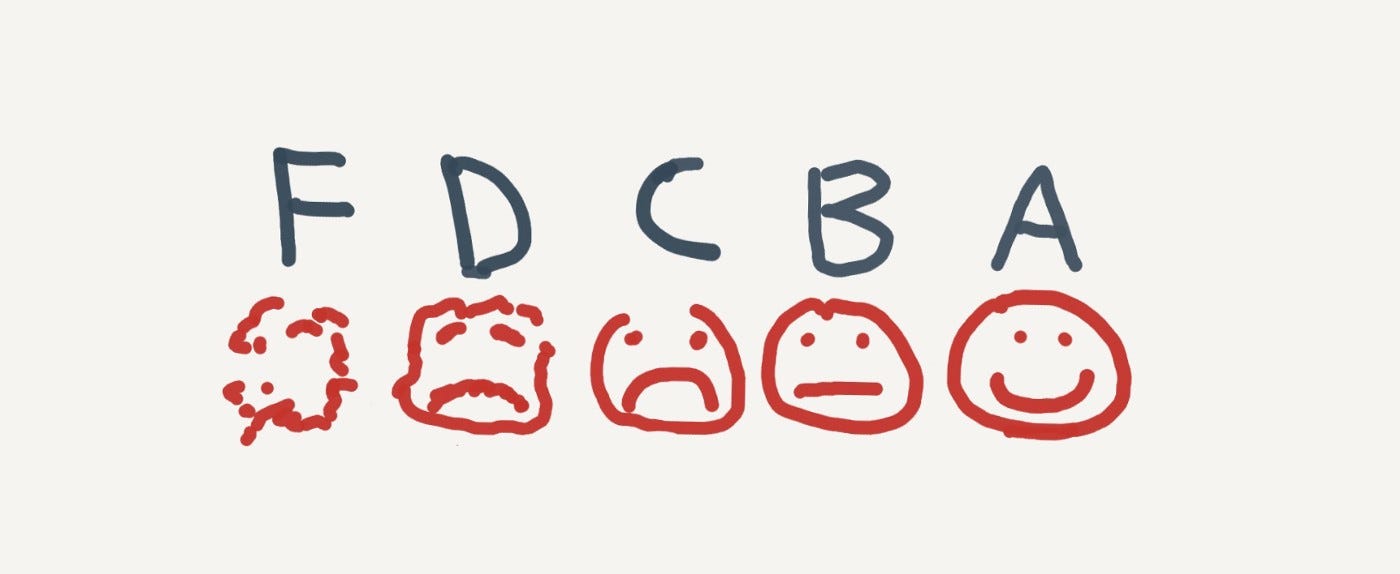Tip: Feedback Round-Up
Through our feedback, we invite students into a conversation about their work.
I have been interested in the role that instructor feedback on student work plays in the learning process for a long time - it was my original dissertation topic, many years ago, and it is the focus of a current research study I’m involved in looking at feedback literacy. The longer I teach, the more convinced I become that relationships are the secret. Specifically, communicating that we value students and we believe they belong in our classrooms is key to getting students to invest in themselves and engage with their coursework. How we provide feedback to students on their work is one of the main ways we communicate to them as individuals - yes, we spend a lot of time “talking to students” in classes, but does that really count as relationship-building? Sometimes yes, and sometimes no. But the feedback we provide, the notes on their papers, the “have you thought about this…” we write on their quizzes - these are the spaces where the one-to-one connection can bloom. Through our feedback, we can invite them into a conversation about their work.
So how do we give feedback most effectively - that is, in ways that students can understand, and feel motivated to use to improve for the future? Sometimes a simple change can help. One thing I do frequently is to alternate between written and audio feedback on student work. I find that students enjoy hearing me talk to them about their work, and it gives me a break from typing up comments. Another easy but successful strategy is awarding points for how well students address feedback in their second drafts of assignments. It doesn’t change how I give feedback, but it does provide some extra incentive for students to read (or listen to) and respond thoughtfully to the feedback I provide.
Sometimes we want a more thorough re-thinking of how we provide feedback. The three strategies below offer a place to start.
Feedback Strategies
Wise feedback is a 3-part strategy that helps instructors frame feedback in a way that communicates high expectations of students and gives concrete direction for how to meet expectations.
Transfer-of-learning feedback focuses on activating prior knowledge, cueing the student to general (foundational) principles, and then linking to a future task. This strategy is effective because it asks us to scaffold for students how to understand feedback and apply it to thinking about future assignments.
Feedback in performance-based courses should focus on immediate and actionable feedback & providing a helpful structure for navigating face-to-face feedback on student performance.




Breanna: I very much appreciate this article, but I do have a somewhat long question about rewarding responses to feedback. In the past I have tried giving points for using feedback in revision and it gets confusing. I wonder if you would comment, or maybe even write about this in a future post. The problem is that I am already giving points for the improved part of the essay--and then I'm giving more points for responding to feedback for exactly the same thing? For example: a thesis is weak and the student only earns 6 of 10 possible points on the first draft, I provide feedback, and they improve the thesis up to 9 points on the 2nd draft. I increase the overall grade accordingly, but then would I also be adding additional points just because the student responded to my feedback? Can first drafts never earn more than 80%? Do you have entirely different rubrics with different possible scores for first and second drafts? When I did this in the past, both my students and I ended up pretty confused, so more details would be very helpful. Thanks so much. I have been reading your articles for a few years and they are so helpful.